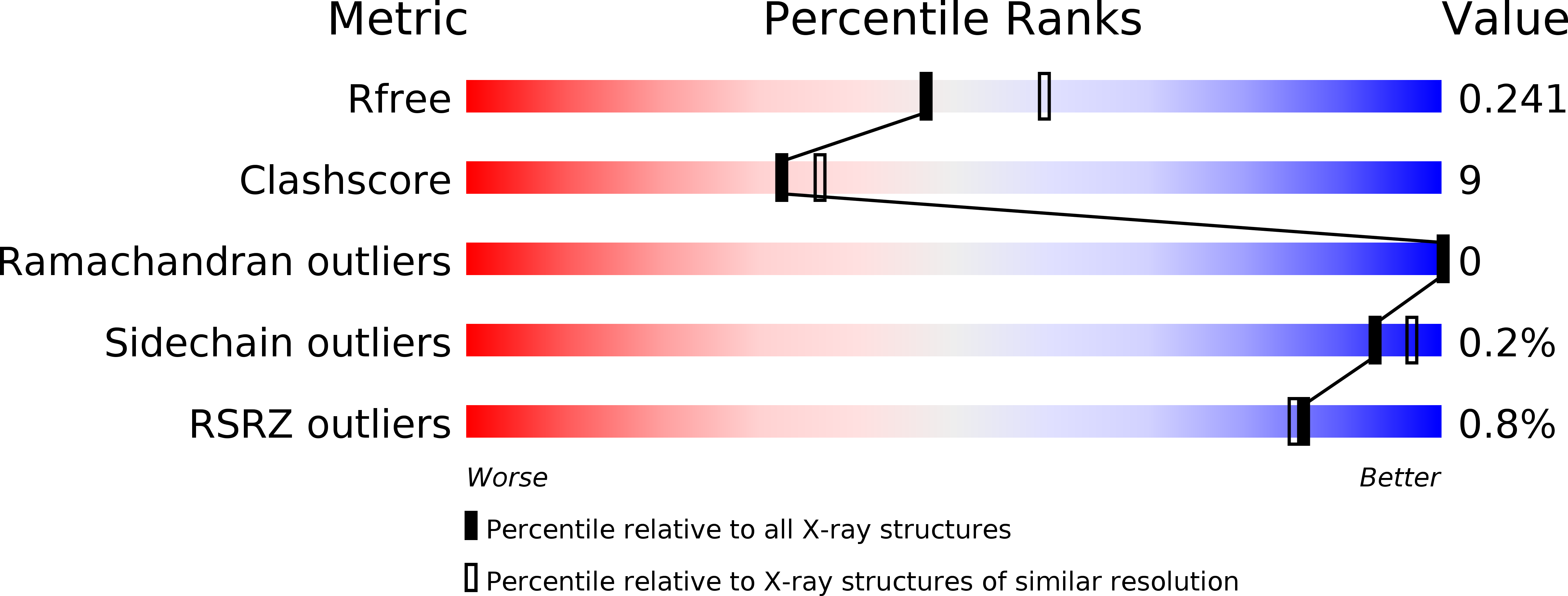
Deposition Date
2017-11-13
Release Date
2018-02-28
Last Version Date
2024-05-08
Entry Detail
PDB ID:
6EYT
Keywords:
Title:
Crystal structure of the Salmonella effector SseK3 in complex with UDP-GlcNAc and Manganese
Biological Source:
Source Organism:
Salmonella typhimurium (Taxon ID: 216597)
Host Organism:
Method Details:
Experimental Method:
Resolution:
2.21 Å
R-Value Free:
0.24
R-Value Work:
0.19
R-Value Observed:
0.19
Space Group:
P 21 21 21


